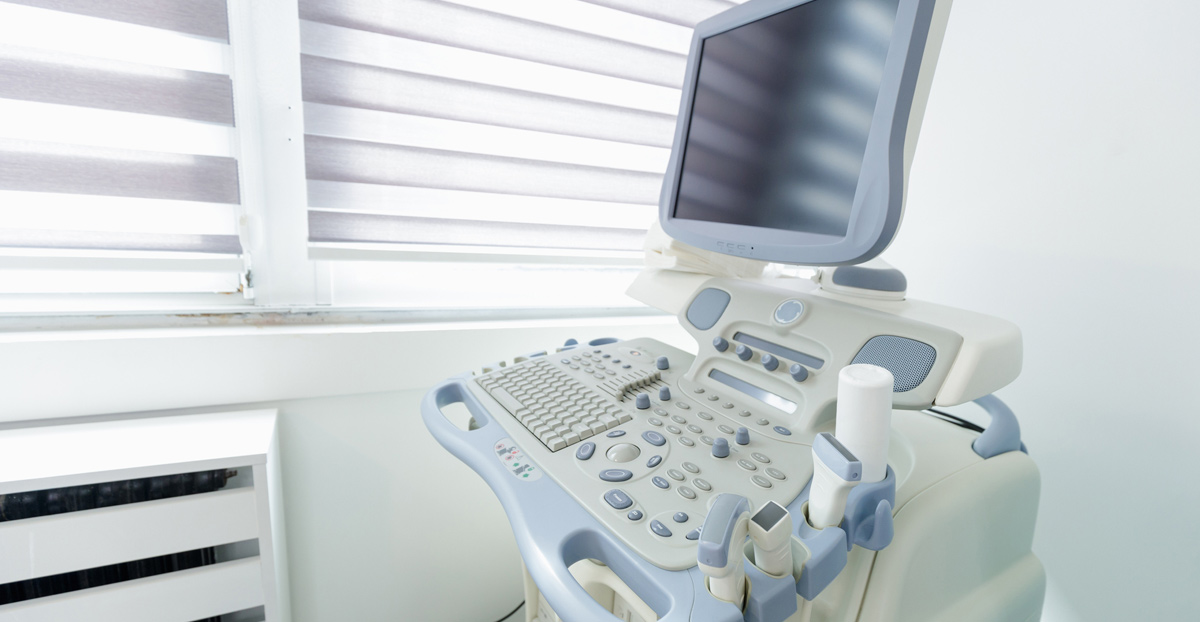

Surgical mesh is the most common procedure used to treat pelvic organ prolapse (POP) and stress urinary incontinence (SUI) in women. However, mesh complications such as erosion, infection, and tearing of organs may require treatment.
What is Surgical Mesh?
Surgical mesh can be made of synthetic polymers or biopolymers that act as reinforcement for tissue or bone. The screen-like material can be made of the following materials:
- Non-absorbable synthetic polymers (polypropylene).
- Biologic (acellular collagen sourced from cows or pigs).
- Absorbable synthetic polymers (polyglycolic acid or polycaprolactone).
- Composite (a combination of any of the three previous materials).
Most surgical mesh devices are made of non-absorbable synthetic polypropylene. The patient’s physician will explain the benefits and risks of each type of mesh to help the patient choose the best type of mesh for them.

Types of Surgical Mesh For SUI and POP
The three main procedures done to implant surgical mesh are:
- Transabdominal insertion of mesh to treat POP
- Transvaginal insertion of mesh to treat POP
- Mesh sling to treat SUI (The surgery may be done with three incisions. The two approaches are retropubic and transobturator. A mini-sling procedure only requires one incision.)
Potential Mesh Complications
Women who receive surgical mesh devices may face the following complications:
- Bleeding
- Emotional issues
- Infections
- Pain during sexual intercourse
- Urinary problems (such as difficulty emptying the bladder, urinary tract infection, and recurrent stress urinary incontinence)
- Pelvic organ prolapse that returns
- Vaginal mesh erosion (as the most common mesh complication, the material can break down or wear away, or become exposed, protruding through the vagina)
- Erosion of mesh into other organs (this is when mesh erodes into the bladder, rectum, or urethra)
- Vaginal mesh contraction (this occurs when mesh shortens or tightens over time to cause vaginal pain, tightening, or shortening)
- Bladder and urethral erosion of midurethral sling
- Pain
- Wound complications
- Fistulas
- Chronic pelvic pain
- Discharge
Complications will vary depending on the type of mesh-based repair:
- Mesh sling for SUI. The average rate of mesh erosion after surgery for SUI is about 2% after one year. Some cases of erosion may be treated with vaginal cream or by removing the exposed portion in the doctor’s office. Surgical removal may be necessary in other cases.
- Sacrocolpopexy. A strip of mesh is used to suspend the top of the vagina to the inside of the tailbone. The average rate of mesh erosion after this procedure ranges from 1.9% to 5%. Some cases of erosion may be treated with vaginal cream or by removing part of the exposed mesh. In other instances, the mesh will be surgically removed.
Diagnosing Mesh Complications
Patients experiencing symptoms indicating mesh complications will need to undergo imaging tests to identify the area causing problems. An ultrasound, CT, MRI, cystoscopy, proctoscopy, or colonoscopy may be done.
Treating Mesh Complications
Nonsurgical treatment for mild mesh complications may involve hormone cream. Patients who need surgical treatment will involve the least invasive approach to removing the portion of mesh causing problems. The surgeon will explain the various treatment options to help the patient choose the best course of action for them.
